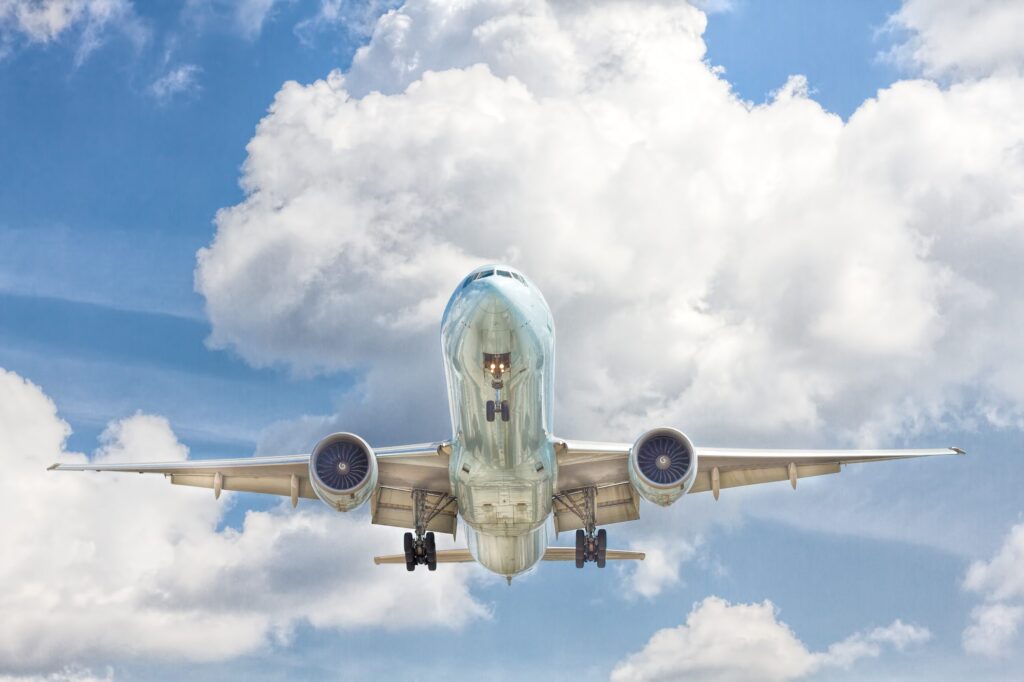Emerging trends
5 Emerging Trends in Air Cargo in 2022

Like global supply chains, the air cargo industry is evolving. The post-pandemic industry will resemble nothing like the pre-pandemic sector in many ways.
Compared to ground and ocean transport, air freight serves as an important piece of global supply chains, albeit a smaller one. In the future, air freight’s footprint promises to comprise a larger percentage. It will also grow in importance of the overall mix of cargo transport.
Here are five emerging trends transforming tomorrow’s air freight industry:
1. The Rise of E-commerce
Fueled by the pandemic, e-commerce is a growing and irreversible trend. Fostered by ever-developing technologies and changing consumer shopping habits, e-commerce brings both speed and convenience to consumers. As a result, traditional delivery methods have been overwhelmed, and according to the IATA (International Air Transport Association), air cargo demand in 2021 exceeded that of 2020, and this trend is expected to continue into 2022. This is one of the logistical concerns that will shape the future of air freight in a post-COVID-19 economic environment.
2. Rising Shipping Rates
Since the pandemic hit in March 2020, shipping costs have been anything but stable, and they don’t appear to be going down anytime soon as demand for air cargo capacity surpasses availability.
According to the IATA, there are more air cargo aircraft flying today than there were pre-pandemic. There are 1,100 air cargo planes in operation, which is 240 more than in January 2020. Despite this, there is still a 39% capacity shortage in the industry. For the time being, rates are elusive and as vaccine distribution turns to international deliveries, rate volatility is expected to persist.
3. Scarce Air Cargo Capacity
Tight capacity has been looming since the onset of the pandemic. Capacity for ground and ocean cargo were swamped, and that demand spilled over into air cargo.
Besides consumers’ change in shopping habits, manufacturing of goods is also at record levels.
Many companies are building new cargo jets and renovating passenger planes to address capacity constraints. To meet demand for the next 20 years, Boeing is building 930 new planes and converting 1,500 existing 737s. Boeing’s anticipated production capacity, however, is still insufficient to meet demand.
E-Commerce expansion and a general economic recovery are anticipated to be long-term trends. We can expect long-term growth fueled by new technologies and business processes. As a result, the trend of limited aviation cargo capacity will be exacerbated.
4. Air Freight as an Omni-Channel
A rising trend toward an omni-channel strategy is afoot, fueled by consumer demand. Airlines are recognising the need to expand their operations beyond traditional airport-to-airport routes, and airlines and other stakeholders are already seeing the benefits of delivering end-to-end services.
Partnerships between airlines and shippers are likely to grow as this trend continues. Shippers and airlines may also strengthen their relationships with integrators/3PLs.
Air freight will most likely adopt an omni-channel strategy in the future, making it easier to compete for limited cargo capacity and reasonable pricing.
5. Supply Chain Diversification
Supply chain diversification is growing more popular as the global economy improves. Companies are increasingly relying on air freight to move their goods, and we are already witnessing the beginnings of regional air cargo becoming well-established. Air freight has already established itself as a vital mode of cargo transportation in the medium and near future. We may conclude from all of this that supply chain diversification is a developing trend that will become increasingly significant in the future. The tendency is clearly established across the board, however modest its progress may be.
If you’re interested in learning more about how CharterSync can help you, get in touch! Our friendly, world-class sales and operations team are on hand 24/7 to offer round the clock support.

NEWSLETTER